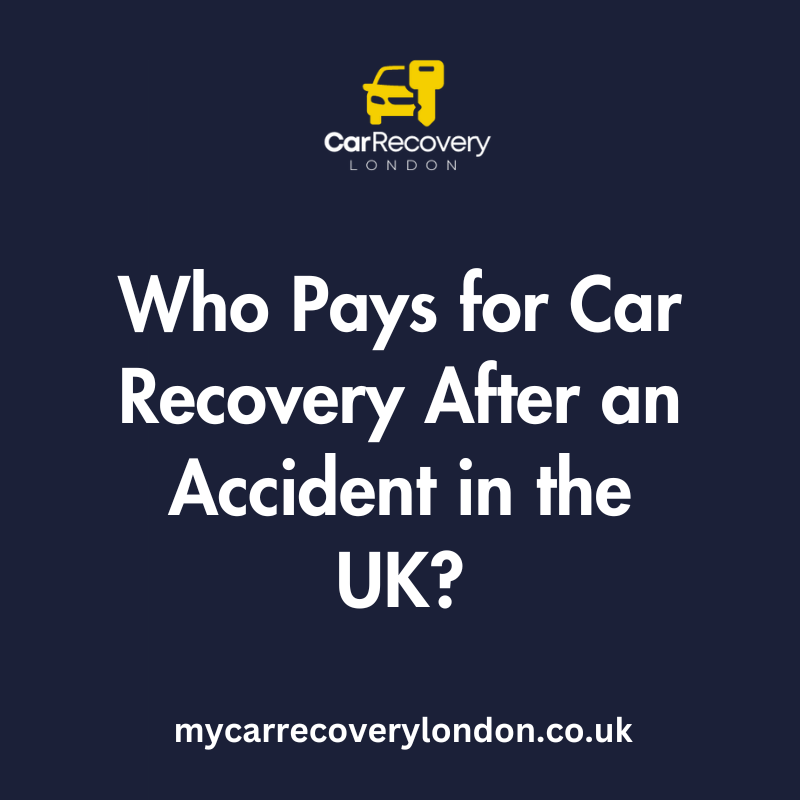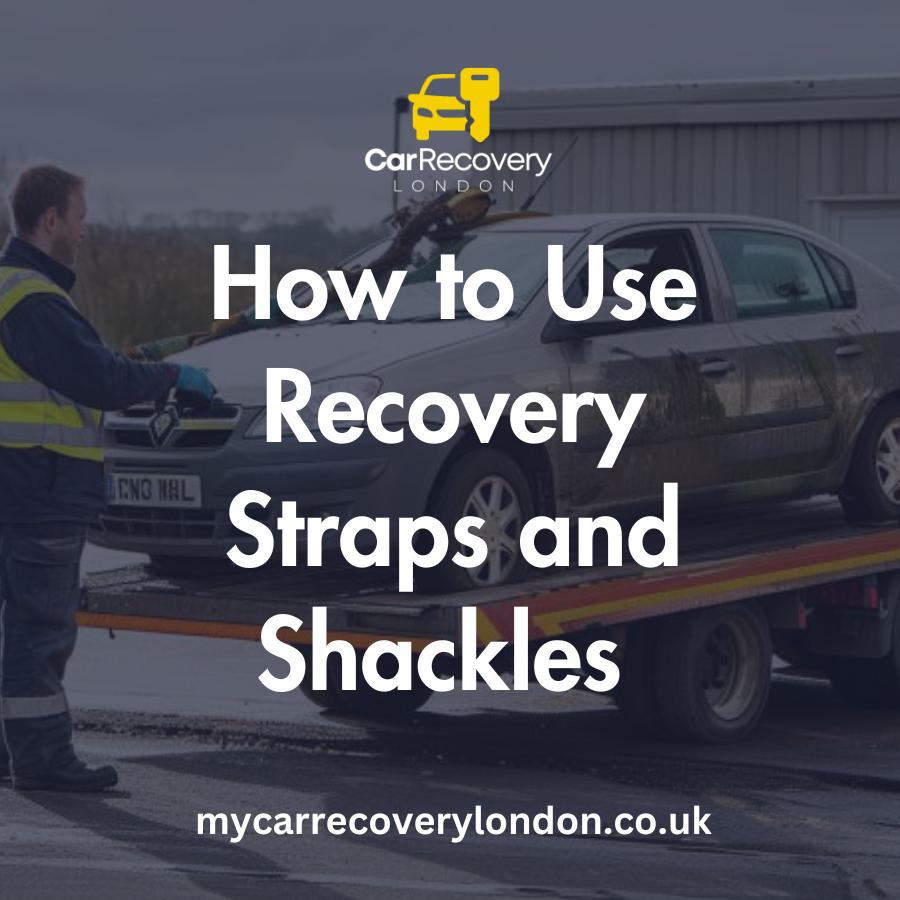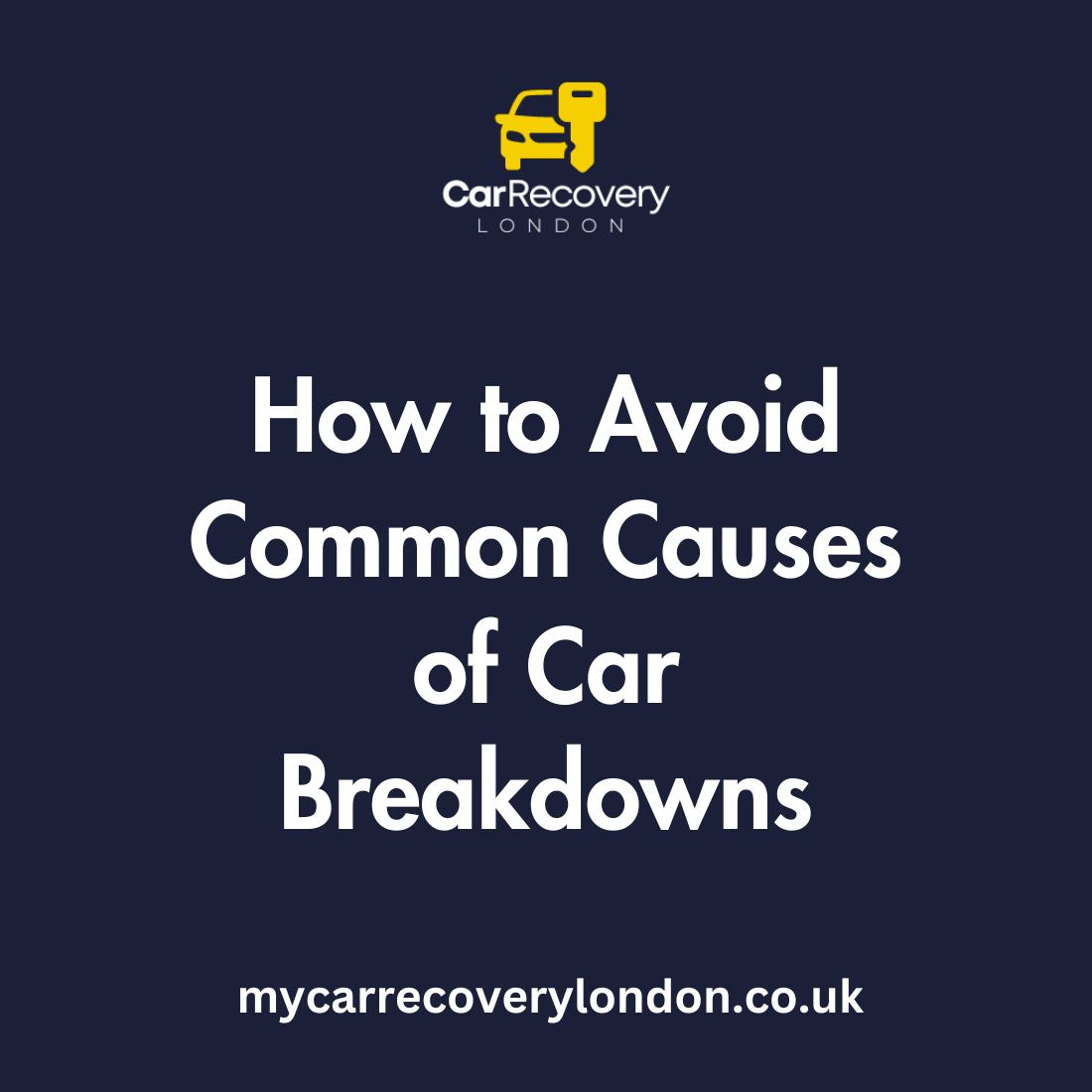How to drive when towing a car?
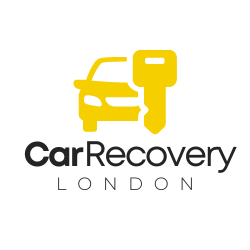
Towing a car can be a daunting task, especially if you've never done it before. Whether you're helping a friend whose vehicle has broken down or you need to tow your own car, it's crucial to know how to do it safely. In this article, we'll provide you with essential tips and advice on how to tow a car correctly, ensuring the safety of both the towing and towed vehicles, as well as other road users.
Before You Start Towing
Prior to towing another car, there are several important steps you need to take:
- Display an 'On Tow' sign at the rear of the vehicle being towed, as required by law.
- Check the tow rope for any damage, defects, or abrasions. If the rope is damaged, replace it before use.
- Ensure the ignition switch on the towed car is in the 'on' position to disengage the steering lock. This is especially important for vehicles with power steering and power-assisted brakes, as they require more effort to operate when the engine isn't running.
- Make sure the person in the towed car is a qualified driver, even if the vehicle is not functioning properly.
Safe Driving Tips for the Towing Vehicle
When towing another car, the driver of the towing vehicle should follow these guidelines:
- Drive with extreme caution, maintaining a speed of no more than 15 mph (24 km/h). This minimises the forces generated and allows the driver being towed to react more easily to their surroundings.
- Use the clutch gently to pull away smoothly, preventing any sudden jerking or 'snatching' of the tow rope, which can cause discomfort for the towed driver and potentially break the rope.
- Avoid sudden braking. When possible, lightly press the brake pedal in advance to illuminate the brake lights, giving ample warning to the towed driver.
- Indicate well ahead of any manoeuvres to alert the towed driver and other road users.
- Refrain from sudden changes in direction or excessive manoeuvres, as the towed driver will have difficulty steering and braking without a running engine.
Essential Advice for the Towed Vehicle Driver
The driver of the towed vehicle should adhere to the following advice:
- Closely monitor the brake lights and indicators of the towing vehicle to anticipate upcoming actions.
- Coordinate steering and braking with the towing vehicle's movements.
- Apply light braking pressure to maintain tension in the tow rope, minimising jolts and extending the rope's lifespan by keeping it off the road surface.
Choosing the Right Towing Equipment
When selecting a tow rope, consider the weight of the vehicles involved. Tow ropes are available with weight capacities ranging from 2 to 4 tonnes. It's a good idea to keep a suitable tow rope in your car's boot, along with other breakdown essentials such as car recovery straps and shackles , jump leads, and a petrol can.
What to Do If Your Car Breaks Down
If your car breaks down and you don't have breakdown cover, you may need to arrange for a tow. In this situation, it's essential to know what to do when your car breaks down. First, ensure you and your passengers are safe, then contact a reliable car recovery service to assist you. They will have the necessary equipment and expertise to tow your vehicle safely.
Preventing Breakdowns and the Need for Towing
Regular vehicle maintenance can help reduce the likelihood of breakdowns and the need for towing. By understanding how to avoid common causes of car breakdowns , such as flat batteries, tyre damage, and overheating, you can keep your car in good condition and minimise the risk of being stranded on the roadside.
Frequently Asked Questions
Can you tow an automatic car?
Yes, you can tow an automatic car, but there are specific guidelines you need to follow to prevent damage to the transmission. It's essential to consult your vehicle's owner's manual for instructions on how to tow an automatic car safely.
Do I need special insurance to tow another car?
In most cases, your standard car insurance policy will cover you for towing another vehicle. However, the towed car must be insured, taxed, and have a valid MOT (if applicable) because there is still a risk of it being involved in an accident while being towed.
How much does car recovery cost?
The cost of car recovery can vary depending on factors such as distance, time of day, and the type of vehicle being towed. To get an idea of how much car recovery costs , it's best to contact a reputable car recovery company for a quote.
By following these essential safety tips and understanding the towing rules and regulations in the UK , you can ensure a safe and successful towing experience. Remember, if you're ever in doubt or require professional assistance, don't hesitate to contact a trusted car recovery service.

